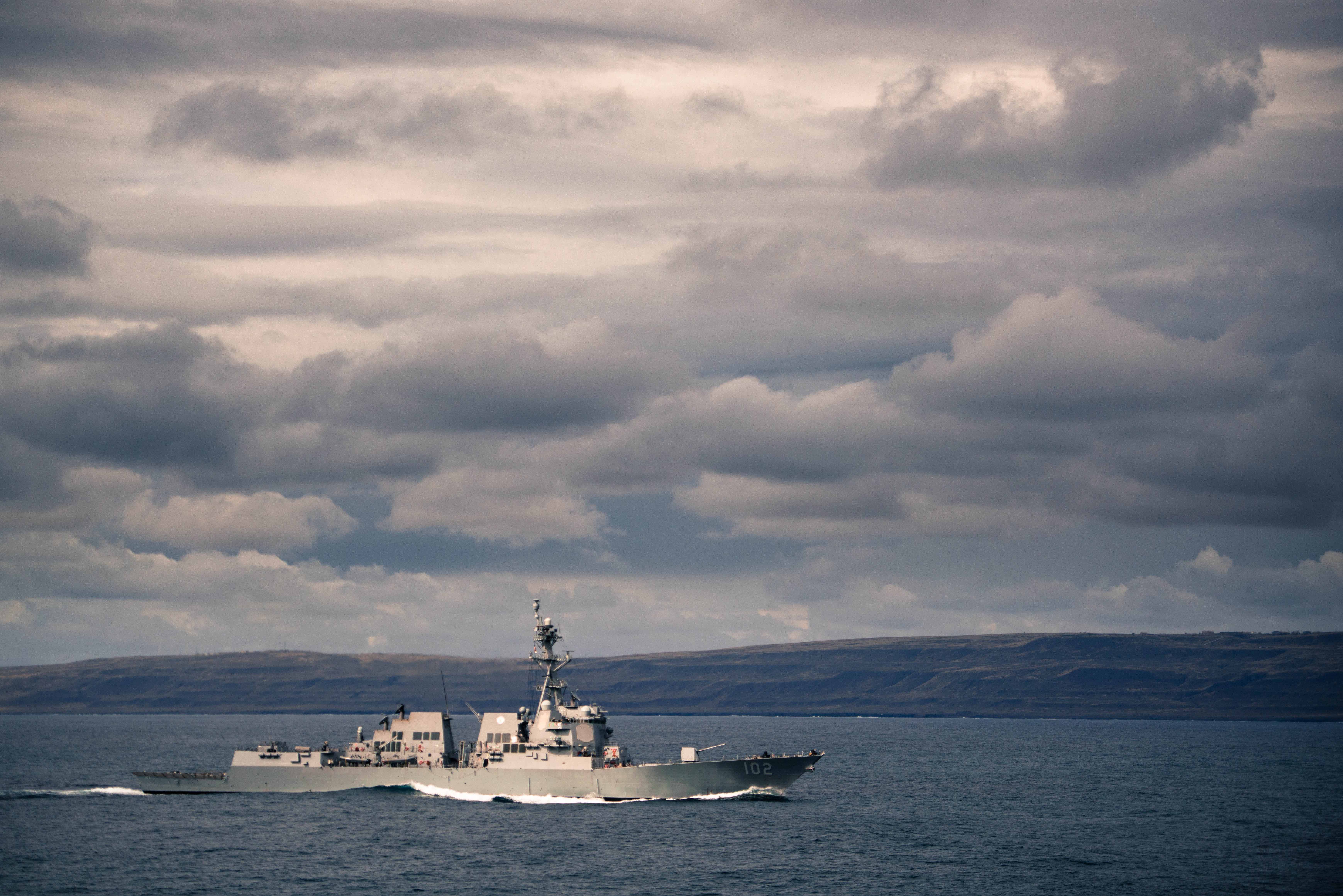
Since the last Pentagon budget request 15 months ago there’s been a presidential election, a seven-month continuing resolution, a supplemental spending bill, promises from the new administration for a military spending spree, vows from inside the Pentagon to rebuild readiness and multiple studies looking at what a future naval fleet should look like.
In the churn leading up to this week’s release of the Fiscal Year 2018 budget request to Congress, questions still remain on the Navy’s acquisition and readiness plans. The following is a list of important policy and acquisition issues that Navy officials have declined to comment on but have assured USNI News and the public that answers would be found in the budget request.
Shipbuilding and Conversion, Navy
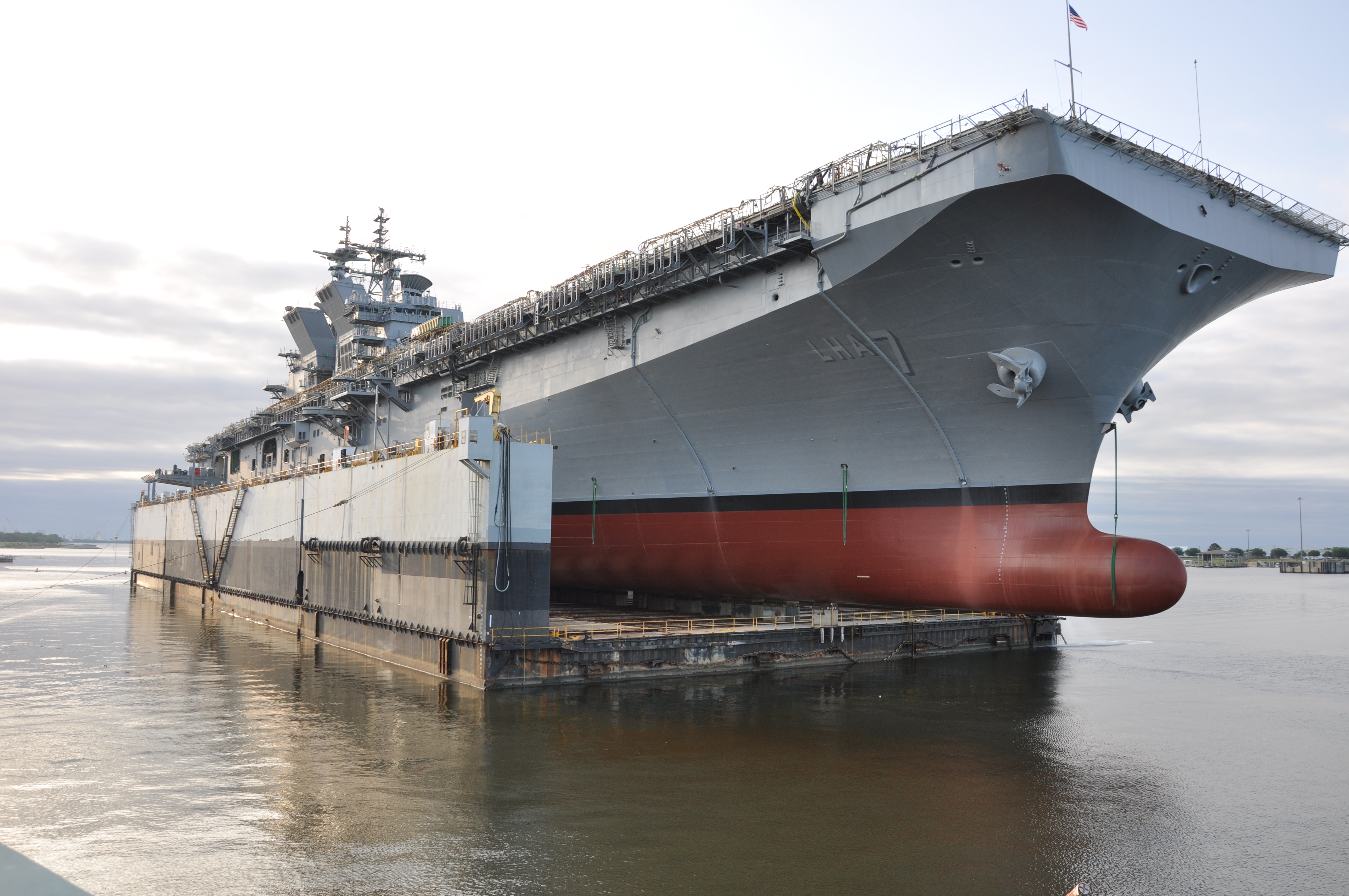
President Donald Trump called for a 350-ship fleet as early as last summer – a specific promise at the time, which was later backed up by the Navy’s Force Structure Assessment that called for 355 ships, as well as three separate Future Fleet Architecture studies that generally supported fleets of around that size.
With the general consensus being that the Navy needs more ships, the question now is, how will the service achieve that? The Congressional Budget Office looked at various rates of shipbuilding to analyze how much it would cost, and House Armed Services seapower and projection forces subcommittee chairman Rep. Rob Wittman (R-Va.) told USNI News he believes the Navy should aim for 355 ships in the next 25 to 30 years.
Vice Chief of Naval Operations Adm. Bill Moran told USNI News the Navy may need as $150 billion over the current shipbuilding plan to “jump-start” shipbuilding and get on a trajectory to 355 – helping shipyards make the investments in their workforce and facility needed to build today’s ships faster, and to prepare for new classes of ships that will be central to that 355-ship fleet. And Chief of Naval Operations Adm. John Richardson told reporters last week that the industrial base could handle 29 additional ships over the next seven years beyond what the current shipbuilding plan calls for. But the question remains, will the Navy actually seek the money it needs to get on that trajectory to 355 as fast as the service and the shipbuilders can handle? And if the Navy does look for a quick buildup, will it focus on the massive “USS” warships already under construction – aircraft carriers, attack submarines, destroyers and amphibious transport docks – or will it rely on some less expensive “USNS” ships, such as the expeditionary mobile base (formerly called the Afloat Forward Staging Base) to help bolster the fleet buildup numbers?
While FY 2018 itself isn’t likely to include major investments in shipbuilding – Defense Secretary James Mattis made clear in a Jan. 31 memo that 2018 would focus on wholeness, with acquisition to support a force buildup starting in 2019 – there may be some investments to help shipyards train new employees, build additional indoor work facilities and more to support an upcoming surge in work. And with the 2018 budget submission will come an outline of spending plans for the Future Years Defense Plan that runs through FY 2022, so much about the Navy’s buildup should be revealed this week.
Littoral Combat Ship
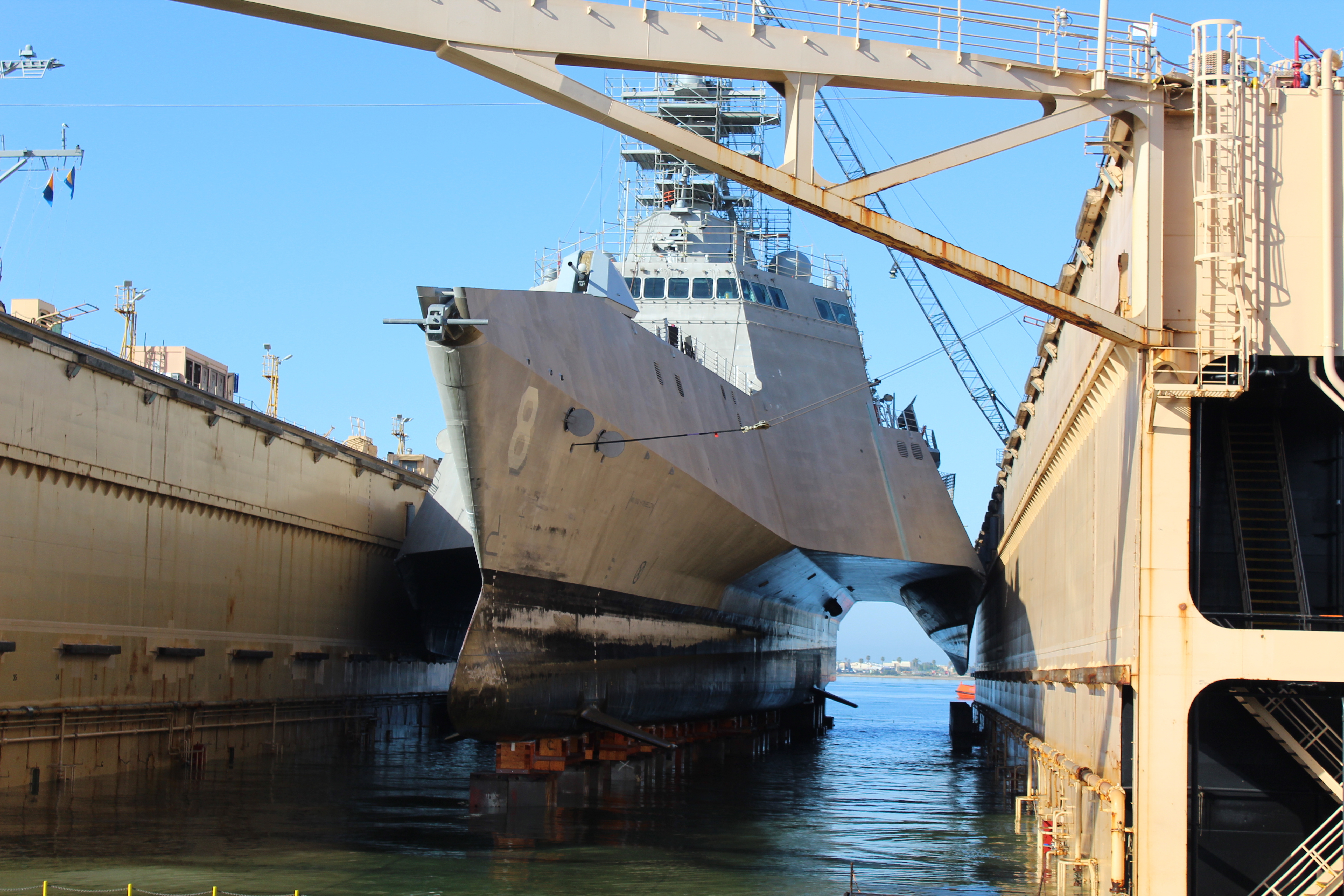
The Navy has planned to transition from its Littoral Combat Ship to a frigate since 2014, but in recent months it has totally revamped its plan for doing so, starting over with its frigate requirements development process and moving from a faceoff between the two LCS builders to an open competition for shipbuilders around the globe. Program and surface warfare officials vowed in a recent hearing that more details about the new transition plan would be included in the 2018 budget submission.
Questions that remain are: how many LCSs will be purchased before the frigate transition takes place? In its 2017 budget request, the Navy outlined a plan to buy two in 2017; one a year in 2018, 2019 and 2020; and then two in 2021. However, Program Executive Officer for LCS Rear Adm. John Neagley said at the recent hearing that the two builders, Austal USA and Marinette Marine, needed the Navy to buy three ships a year to sustain their yards and allow them to compete for the frigate. Lawmakers forced the Navy to buy three in the recent 2017 spending bill, but at the hearing Neagley declined to comment on how many ships the Navy would actually buy in 2018 and beyond, only noting that the industrial base required three a year.
As for the frigate, when will the Navy complete its requirements development and begin to compete design contracts to industry? When does it believe it can award construction contracts? How much will the frigate cost? Some or all of these questions may be answered in the Navy’s outline of the FYDP.
Attack Submarines

Perhaps the number-one thing the Navy wants to do if more funding is available for a fleet buildup is to buy more Virginia-class submarines. The Navy is facing a massive submarine shortfall in the next decade, at the same time it is facing an increase in work for the two submarine shipbuilding yards due to the introduction of the Columbia-class ballistic-missile submarine and the Virginia Payload Module addition to the SSNs. The Navy originally intended to buy two SSNs in years without a SSBN, and one of each during SSBN acquisition years. In 2015 then-acquisition chief Sean Stackley said the Navy was looking at industrial base capacity to build two SSNs every year, regardless of the Columbia subs. Then perhaps each SSN would have a Virginia Payload Module built in, to give it extra missile-carrying capacity, rather than just one VPM a year. And then some lawmakers wondered if perhaps industry could build three SSNs a year. This budget submission should reveal how the Navy intends on handling the massive workload for General Dynamics Electric Boat and Huntington Ingalls’ Newport News Shipbuilding through FY 2022.
LPD to LX(R) Transition
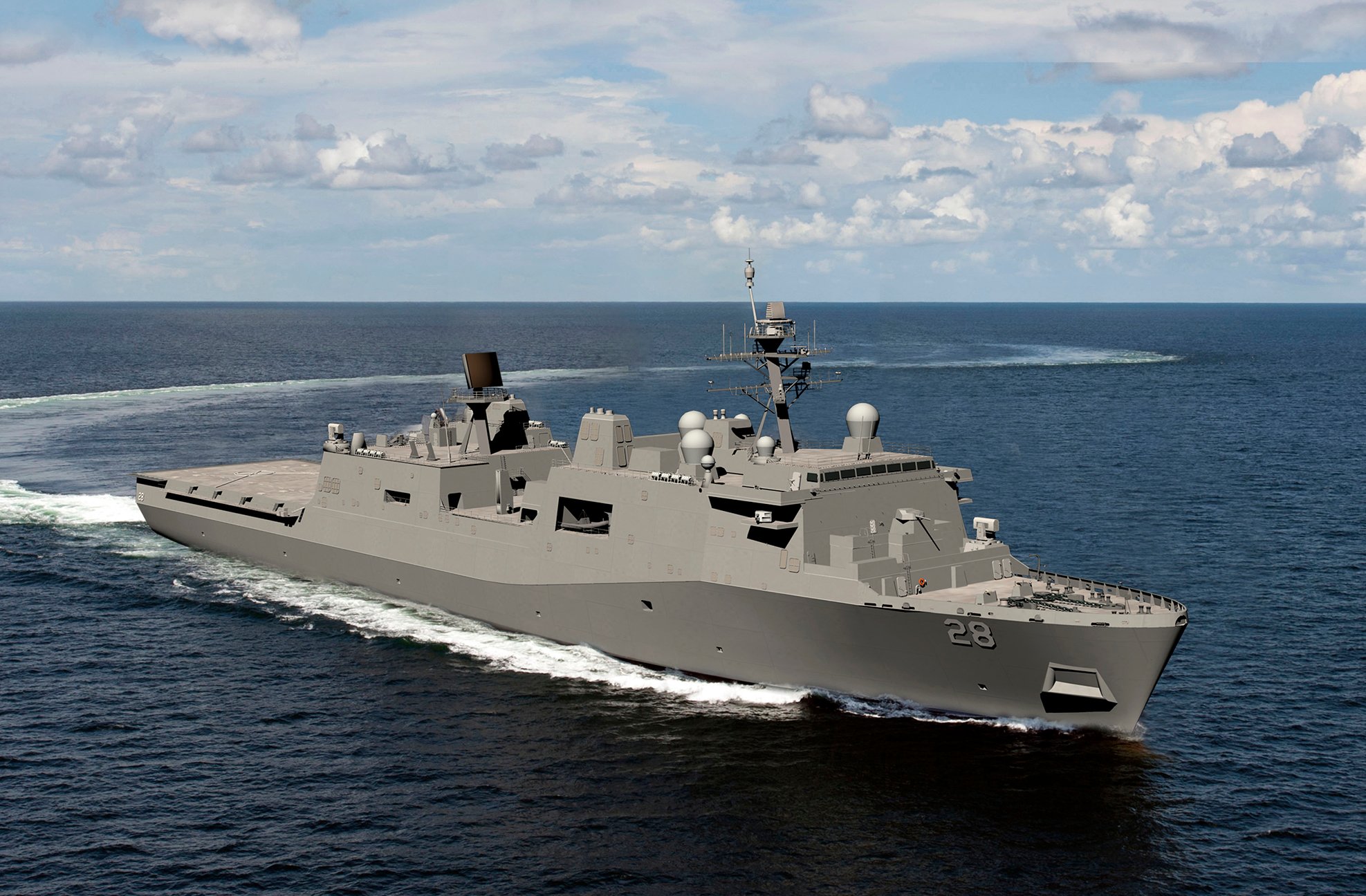
Budgeting plans surrounding the LX(R) amphibious dock landing ship replacement program, and the LPD amphibious transport dock the LX(R) is based on, have changed multiple times in the last couple years. Previous budgets had the final LPD bought in FY 2016 and LX(R) beginning in FY 2020, which would have left a production gap at Ingalls Shipbuilding and may have risked the yard having to lay off workers, only to try to rehire them again. So in FY 2016 lawmakers cobbled together funds for an LPD-28, a 12th ship in the class, as a bridge from LPD to LX(R), as well as a small sum of money to begin accelerating the LX(R) design.
This year’s final FY 2017 spending bill, just passed by Congress this month, both adds nearly $1.8 billion for a 13th ship, LPD-29 – the production line is moving so efficiently at Ingalls that even LPD-28 was now expected to leave a production gap – and more than $25 million funding to accelerate LX(R) development. The 2018 budget should reveal new details about the updated transition schedule, as well as whether the LX(R) will be included in the Navy’s fleet buildup or whether the service will allow the program some time to prove itself ahead of looking at speeding up production.
Aircraft Carriers
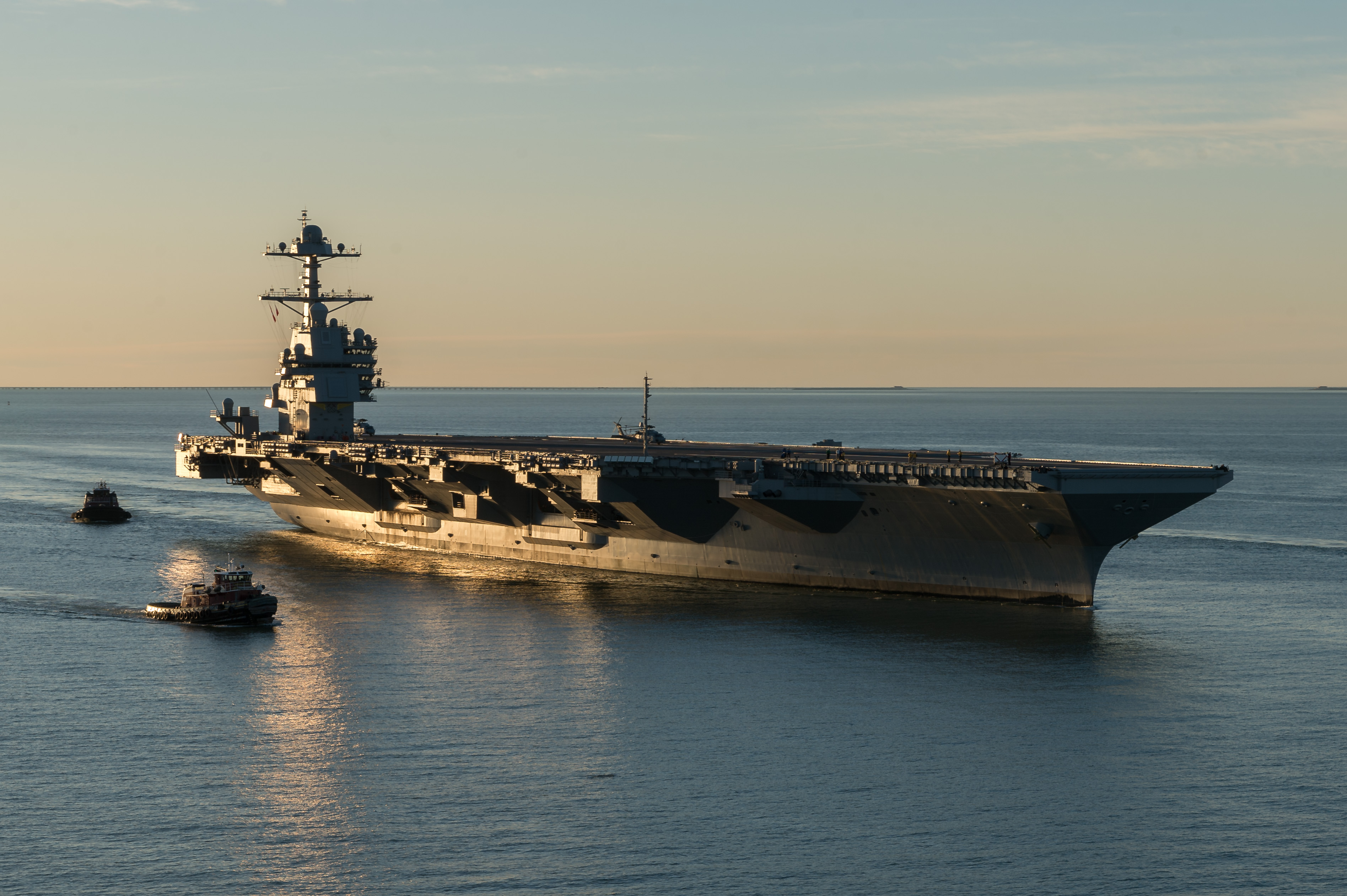
The nuclear-powered aircraft carrier may take the longest of all the Navy’s ships to build, but service leadership hopes to include the carriers in the fleet buildup effort as well. The Navy currently buys carriers one every five years, a rate that is less efficient for sole builder Newport News Shipbuilding and has led the service to dip below the congressionally mandated 11-carrier fleet. Industry has long been pushing for three- or four-year centers on the aircraft carriers, and CNO Richardson said last week that his shipbuilding acceleration would include a quicker carrier construction rate. This budget document is likely to reveal just how fast the Navy thinks it and its industry partners can build a carrier.
Cruiser Modernization
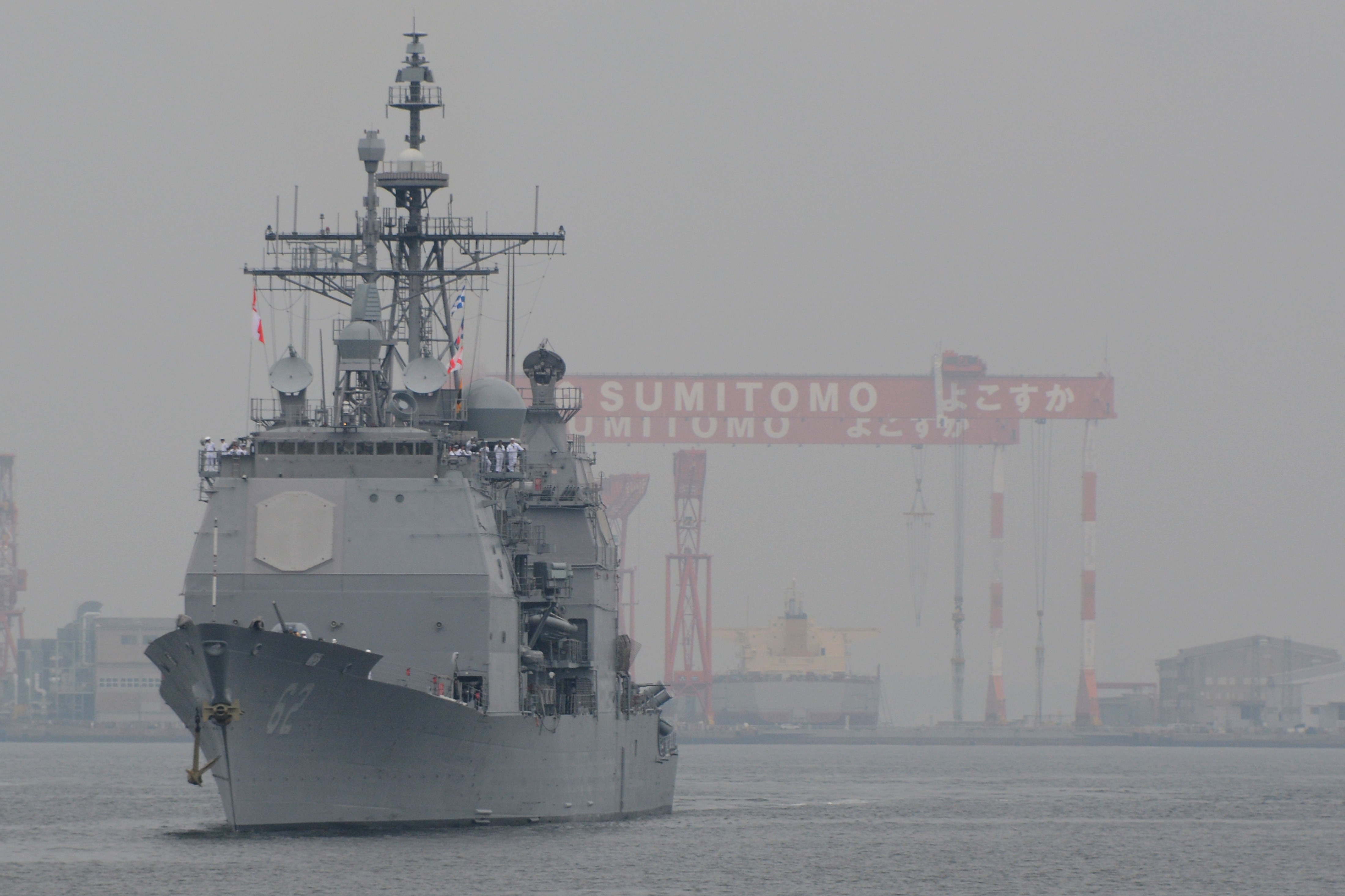
The Navy and Congress have been at odds over how to approach the modernization and life extension of the Ticonderoga-class guided-missile cruisers. The Navy in 2013 suggested decommissioning half the fleet to deal with sequestration, arguing it didn’t have the money to man and operate them, let alone modernize the full class of ships. Congress in FY 2015 mandated that two cruisers a year be inducted into the modernization program, which led to the 2/4/6 plan – in which two ships a year would be inducted into the modernization program, for no longer than four years each, with no more than six ships laid up at any given time. The Navy has continued to push back against that, including in both its FY 2016 and 2017 budget requests, arguing it could save billions of dollars if it laid up all the remaining cruisers and modernized them only as older cruisers begin to decommission. This week’s budget will show whether the Navy will this year go along with the 2/4/6 plan or push back again to save money on the remaining five or so cruisers yet to be inducted into the modernization program.
Super Hornets v. Joint Strike Fighter
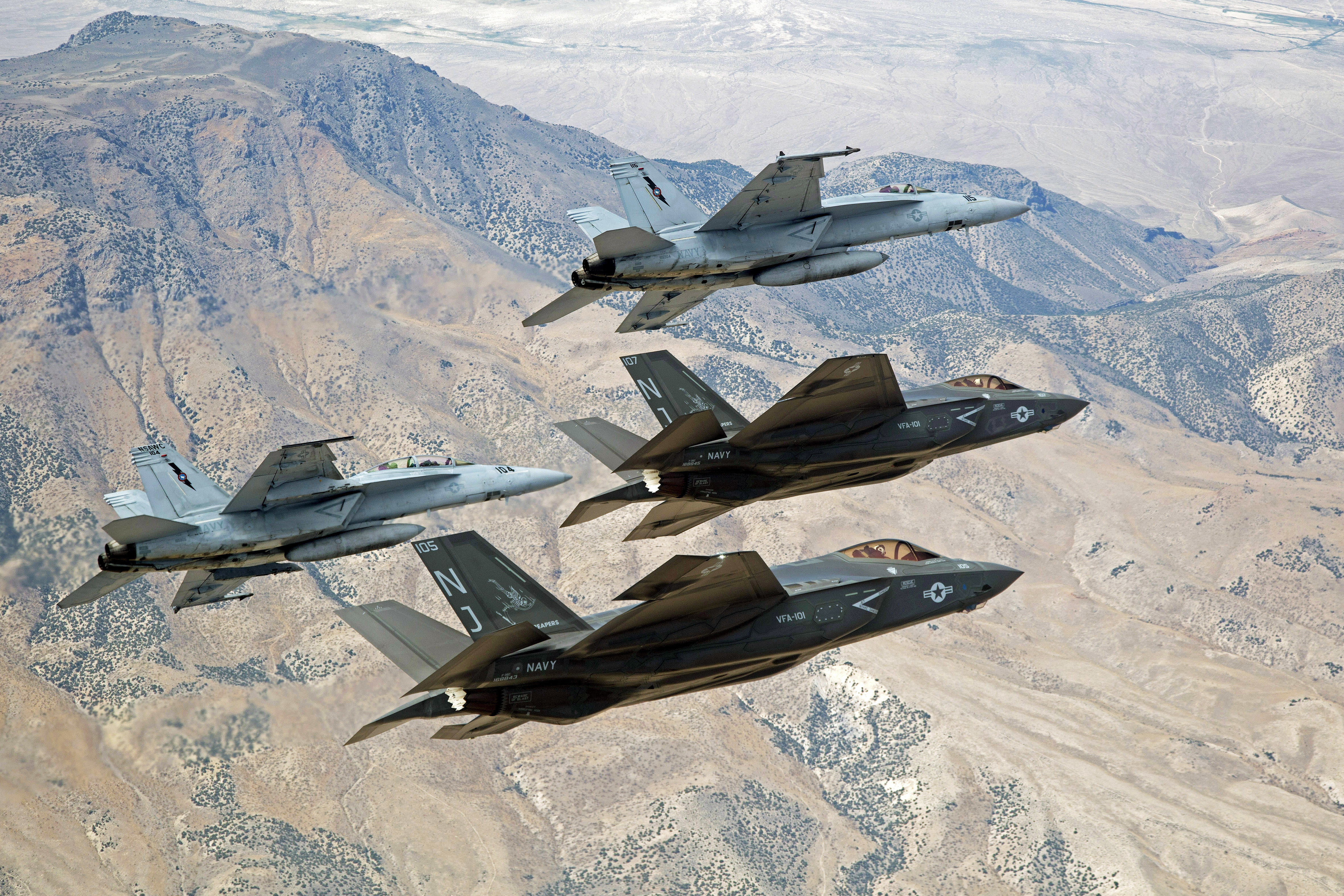
The Navy’s plans for its future air wing have long centered around having the fourth-generation F/A-18E-F Super Hornet and fifth-generation F-35C Joint Strike Fighter operating side-by-side. One a stealthy battle management tool and the other a lethal bomb truck, the Navy never intended to compete them against one another, until President Donald Trump on Dec. 22, 2016, suggested in a tweet that Boeing could develop a Super Hornet variant “comparable” to the JSF for a lower cost. As a result, Defense Secretary Mattis ordered a review of the two aircraft in a Jan. 26 memo. The budget should indicate how the Navy intends to move forward.
Hypoxia Concerns
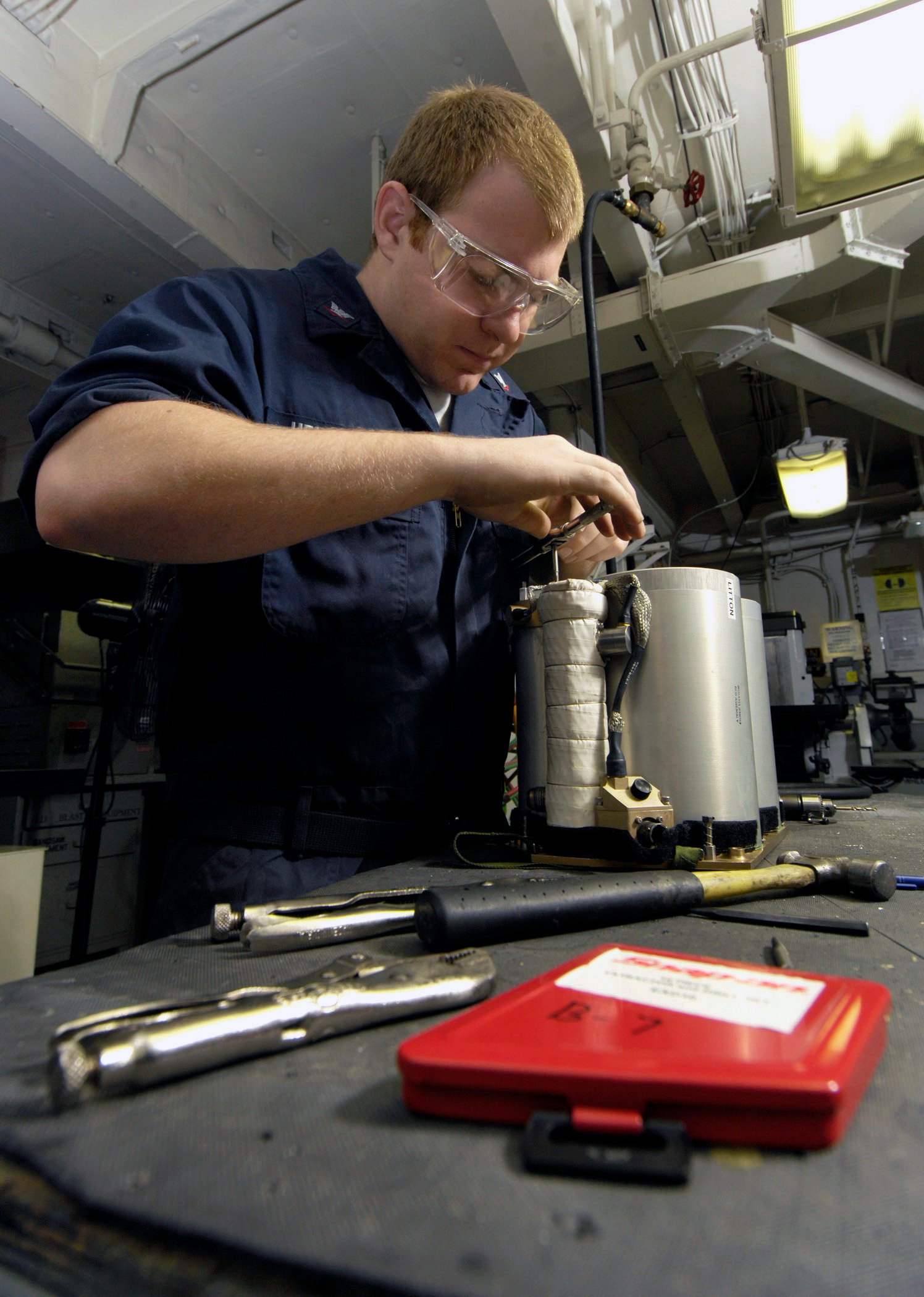
The Navy has a growing problem with breathing-related issues for fighter jet pilots – both hypoxia, in which pilots cannot get enough oxygen or receive contaminated oxygen from their masks, and cabin pressure issues that can lead to decompression sickness. The number of so-called physiological episodes is increasing at an increasing rate and affecting all the Navy’s jets: legacy F/A-18 Hornets, F/A-18E-F Super Hornets, EA-18G Growlers and T-45C Goshawk trainers. Navy leadership has vowed to address this in a resource-unconstrained manner, taking whatever steps are necessary to find the root of the problem, so this budget could give some indication of how the Navy intends to do that.





